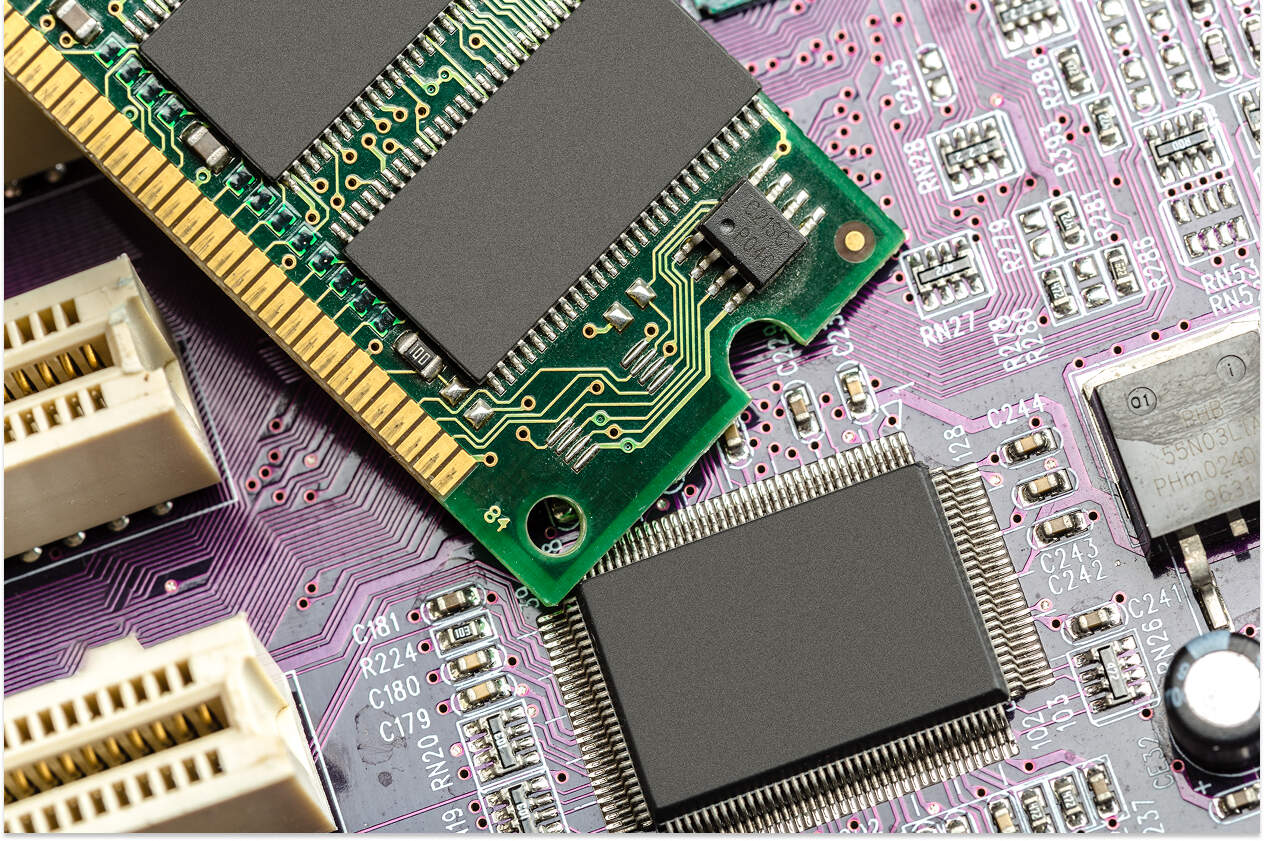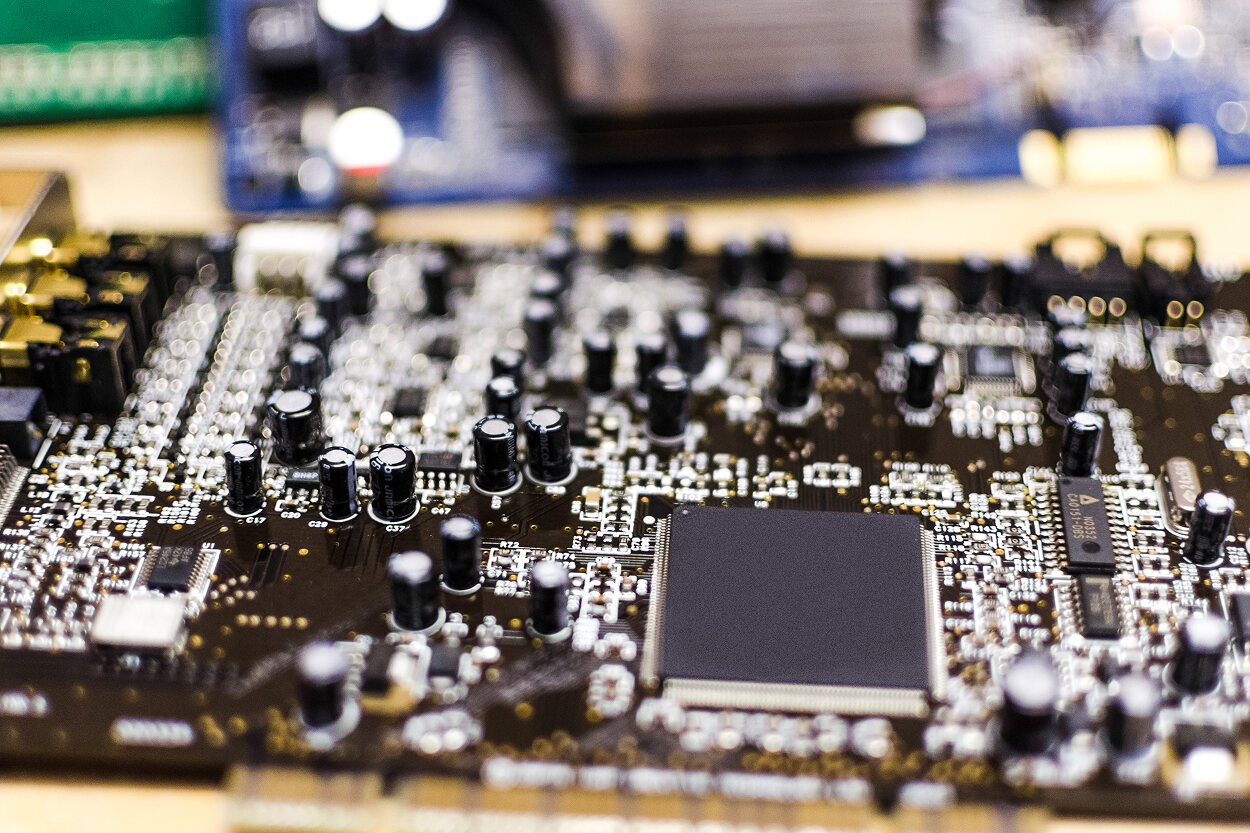Using OpenCV in Embedded Vision Systems: Best Practices for ARM and FPGA Platforms

In 2025, computer vision is a key enabler across industries: from smart manufacturing and autonomous robots to medical imaging and consumer electronics. At the core of many embedded vision applications lies OpenCV, a powerful open-source library for real-time image processing and computer vision tasks.
However, integrating OpenCV into embedded systems is not trivial. Developers must consider constraints like memory, latency, and processing power—especially when working on platforms such as ARM-based SoCs or FPGAs. This article presents best practices and lessons learned from real-world embedded vision projects at Promwad.
Why OpenCV for Embedded Vision?
OpenCV provides hundreds of functions for:
- Image filtering and enhancement
- Feature extraction and tracking
- Object detection and classification
- Geometric transformations
- AI and DNN integration (via OpenCV DNN module)
Thanks to its modularity and extensive documentation, OpenCV is the starting point for many teams prototyping vision systems. But bringing OpenCV into production-grade embedded hardware requires serious adaptation.
Challenges of using OpenCV on embedded devices
Memory and storage limitations
OpenCV's core library and dependencies may be too large for MCUs or entry-level SoCs without optimization.
Real-time constraints
Frame processing must meet tight latency requirements for applications like robotics, drones, and surveillance.
Hardware acceleration mismatch
Not all OpenCV functions are optimized for embedded GPUs or FPGA cores.
Cross-compilation complexity
Building OpenCV for ARM Linux or custom toolchains can be time-consuming and error-prone.
Best practices for ARM-based platforms
ARM-based SoCs (e.g., NXP i.MX, TI Sitara, Rockchip, STM32MP1) are popular in edge vision devices. Here’s how to make OpenCV work efficiently on such platforms:
- Use a lightweight OpenCV build
Compile OpenCV with only necessary modules: core, imgproc, video, dnn.
Disable unused components like highgui, flann, python bindings. - Enable NEON and OpenCL acceleration
Most ARM Cortex-A CPUs support NEON SIMD instructions. Enable this during OpenCV configuration.
OpenCL can offload image processing tasks to integrated GPUs (e.g., Mali, Vivante). - Optimize the pipeline
Convert images to grayscale early to reduce processing cost.
Resize input frames to the minimum resolution required.
Use region of interest (ROI) to limit computation. - Consider TFLite or ONNX for DNNs
OpenCV’s DNN module is usable, but TensorFlow Lite or ONNX Runtime can be more efficient for inference on ARM SoCs.

OpenCV and FPGA: what works and what doesn’t
FPGAs (Xilinx, Intel, Lattice) offer unmatched parallelism and deterministic latency. But OpenCV doesn’t run natively on FPGA fabric—it must be offloaded or translated.
Approaches:
- High-Level Synthesis (HLS)
Tools like Vitis HLS (Xilinx) can convert OpenCV functions into RTL. Limited subset only (e.g., GaussianBlur, Canny, Dilate). - Hybrid architecture
Use FPGA for pre-processing (e.g., noise reduction, edge detection), and ARM for high-level logic and OpenCV functions. - FPGA-accelerated libraries
Some vendors provide IP blocks that mirror OpenCV functions (e.g., Vitis Vision Library, Intel VIP). - OpenCV-FPGA bridge
Custom drivers and memory management are needed to stream frames from FPGA pipelines into OpenCV running on the CPU.
Limitations:
- Complex OpenCV modules like
cv::dnnorcv::stereoBMare not suitable for FPGA translation. - Debugging HLS-generated code requires hardware emulation and tight software-hardware integration.
Performance tips and benchmarks
In Promwad’s internal benchmarks on an NXP i.MX8M Mini platform:
- Standard OpenCV build (full): 180 MB RAM used
- Optimized build (core + imgproc): 45 MB RAM used
GaussianBlur 640x480, single channel:
- ARM Cortex-A53 (NEON): ~5 ms
- FPGA offload (Zynq Ultrascale+): ~0.6 ms
Combining NEON-optimized OpenCV with selective FPGA offloading offers the best performance-to-power ratio for real-time vision tasks.
OpenCV alternatives and extensions for embedded use
- libcamera: Low-level camera stack for Linux embedded systems
- GStreamer with OpenCV plugin: Efficient for camera pipelines and streaming
- OpenVX: Khronos standard for vision acceleration on heterogeneous systems
- Halide: Domain-specific language for optimizing image processing pipelines
These tools can complement or replace OpenCV in production systems.
How Promwad helps embedded vision projects
Our engineers support clients at all stages of embedded vision development:
- OpenCV cross-compilation and optimization for ARM Linux
- Vision pipeline acceleration on FPGA + ARM SoC platforms
- Integration with neural inference frameworks (TFLite, Edge AI toolkits)
- BSP development and driver adaptation for custom cameras
- Thermal and power optimization for fanless systems
We’ve built vision systems for autonomous drones, smart retail displays, industrial inspection, and medical diagnostics — with full control over software and hardware stacks.
Conclusion
OpenCV remains a powerful and accessible tool for embedded vision development in 2025. But using it effectively on ARM and FPGA platforms requires careful selection of modules, hardware-specific optimizations, and sometimes hybrid designs.
If you’re developing a vision system for robotics, industrial automation, or edge AI, Promwad can help you implement a performance-optimized solution with OpenCV at its core — or integrate alternatives where they make more sense.
Let’s talk about your embedded vision goals.
Our Case Studies in FPGA Design





